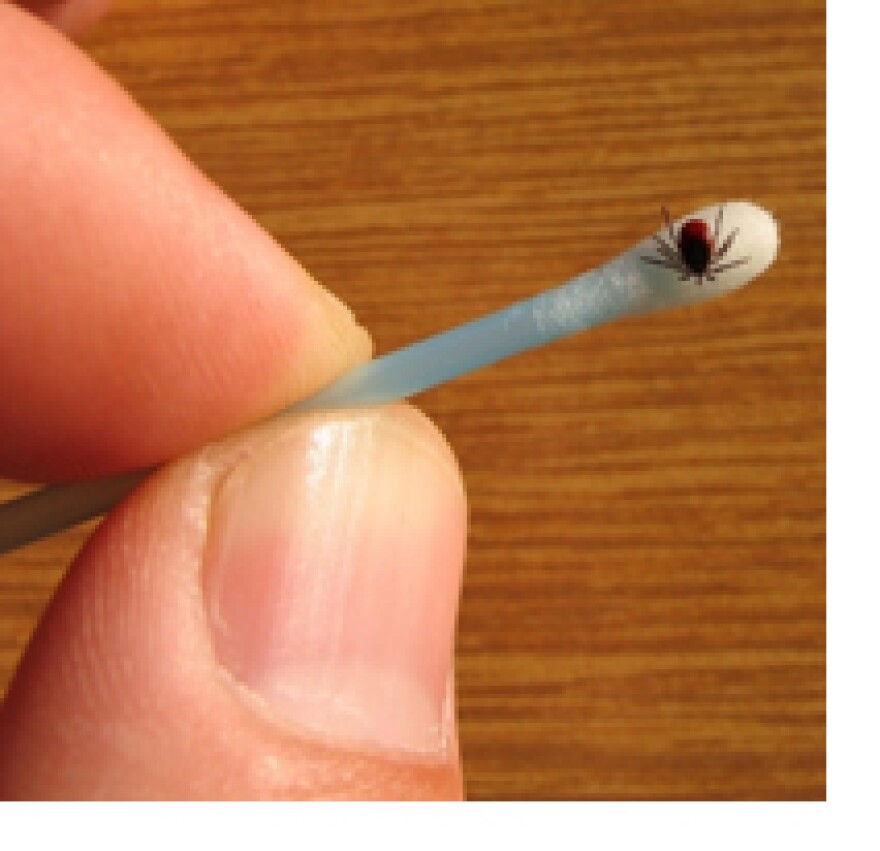A surge in occurrence of Lyme disease is predicted for the Eastern U.S. three years after bumper acorn crops in 2009 and 2010 and following virtually NO acorns last autumn in 2011. Why is that? How do acorn crops influence rates of human illness?
Oak forests demonstrate the ecological ripple effects when bumper acorn crops cause a population boom in mice which translates into an increase in ticks and a delayed-onset spike in reported cases of human Lyme disease.
Acorn “boom or bust” cycles directly influence the winter survival and breeding success of THE most common forest rodent: white-footed mice, the preferred hosts for black-legged ticks and an effective vector for transmission of the Lyme disease. The new predicted Lyme disease uptick is based on two decades of data.
2010 acorn crops were among the heaviest yet-recorded. Then mouse population peaked last summer. A near complete lack of acorns last fall creates a “perfect storm” for Lyme disease. Mouse populations are crashing this year just as infected ticks are questing for blood meals. Instead of mice, they’ll find men …and women.
The May to July “nymph season” is most dangerous. Tiny nymphs - as small as a fleck of pepper – are effective at transmitting Lyme to people. Larger adult ticks, the size of a sesame seed, also transmit Lyme, yet they are responsible for a smaller fraction of tick-borne diseases. This spring and summer, tiny deer tick nymphs pose the greater health threat. So take precautions!








